Latest Posts by eggxecutive-dysfunction - Page 3
Awww shit yall know what it is
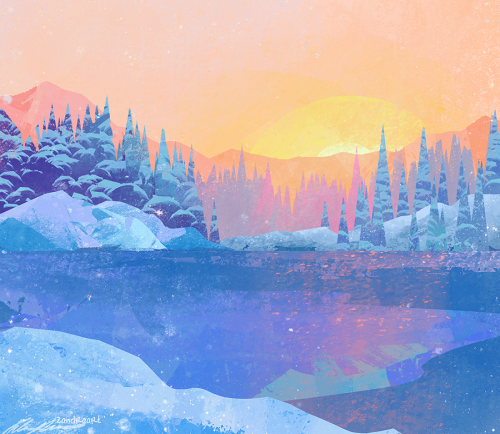
the colors of winter
Ok so Haumea, a dwarf planet beyond Pluto, spins so fast it gets elongated like this. This is just what it looks like. Something deeply unsettles me looking at it. Terrifying.



Eurasian nuthatch/nötväcka.

Coal tit/svartmes.


The magic of complements.









Şimdilerde kağıttan gemiler yapmak yerine , kağıttan denizler yapıyorum. Satır satır dalgaları olan. Dalga dalga senin kıyına vuran . Yolcu ettiğim bir mısra ancak senin kıyına vurabilir zaten .
Hikmet Anıl Öztekin...

A Colorful Quadrantid Meteor : Meteors can be colorful. While the human eye usually cannot discern many colors, cameras often can. Pictured is a Quadrantids meteor captured by camera over Missouri, USA, early this month that was not only impressively bright, but colorful. The radiant grit, likely cast off by asteroid 2003 EH1, blazed a path across Earth’s atmosphere. Colors in meteors usually originate from ionized elements released as the meteor disintegrates, with blue-green typically originating from magnesium, calcium radiating violet, and nickel glowing green. Red, however, typically originates from energized nitrogen and oxygen in the Earth’s atmosphere. This bright meteoric fireball was gone in a flash – less than a second – but it left a wind-blown ionization trail that remained visible for several minutes. via NASA
Could you please share the recipe for the soup you made with the bug noodles? That looks amazing and I want it in my tummy.
Sure!

The ingredients always include onions, garlic, and carrots. Usually potatoes too. It depends on what I have in the fridge, but it can also include celery, parsnip, grated turnip, cabbage, green beans, mushrooms, cauliflower, broccoli, or zucchini.
I suppose corn would also be soup compatible, or perhaps bell pepper, though I can't recall ever putting those things in this kind of soup. All vegetables are friends when you boil them up together so it's probably hard to go wrong here.
I can't really give specific amounts because it will depend on the size of your pot, and I don't measure soup ingredients.
I chop up my vegetables and garlic and put them in a big pot with a little olive oil, and cook them on medium heat until the onions have gone clear and things are starting to look a tiny bit brownish on the edges. Or maybe not quite that long if there's a lot of stuff in the pot and it's taking a while and I'm feeling impatient.
Then I add water, or perhaps meat or vegetable stock, just until they're covered, leaving some room for the tomatoes. Sometimes when I boil parsnips and carrots together in the same pot (which is very good and better than having either vegetable individually) I save the water to use for soup because it's so dang flavourful and sweet.
At this point the salt and pepper also go in, and some Herbes de Provence, or something similar. I'm currently out of the blended H de P so for this soup I think I added thyme, basil, parsley, and dried chives. Might have put some ground coriander seed too?
The little noodles also go in now, or sometimes I do barley, or sometimes neither. I got these bug shaped noodles at the Bulk Barn, but that's only in Canada so I have no idea where people in other countries should look for bug noodles.
Then I bring it to a boil, and after it has boiled I turn it down and add a can of diced tomatoes and let it simmer for a while. If it has noodles or barley or something like that then it simmers until they're cooked.
Very shortly before it's done simmering I add some frozen peas, because they really don't need boiling, just to be heated up. If they boil then the colour and texture won't be as nice.
Then I eat soup for 2 or 3 days and it's nice! I like to have it with some buttered bread or rolls.
Usually I end up with so much vegetable stuff in the pot that there isn't much room for liquid, but that's ok, I like it when there's lots of soup in my soup.
I wish you a very good soup!






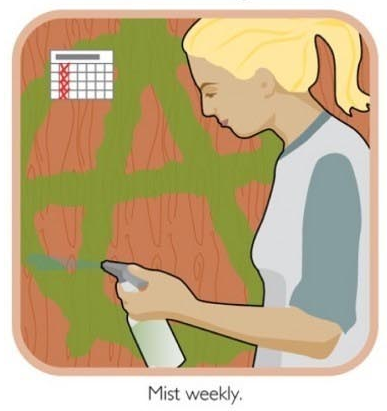

Moss Graffiti: A How To Guide

take this bird brain on a walk ( ゚∀ ゚)
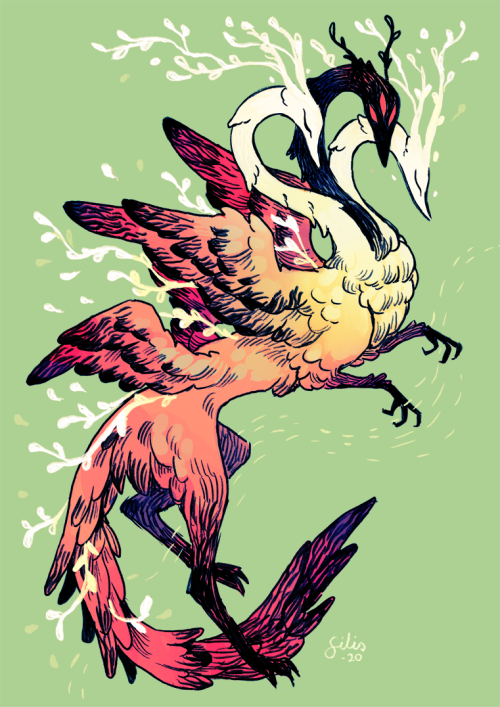
black swan and her sisters

Southern Sky at 38,000 Feet : Celestial sights of the southern sky shine above a cloudy planet Earth in this gorgeous night sky view. The scene was captured from an airliner’s flight deck at 38,000 feet on a steady westbound ride to Lima, Peru. To produce the sharp airborne astrophotograph, the best of a series of short exposures were selected and digitally stacked. The broad band of the southern Milky Way begins at top left with the dark Coalsack Nebula and Southern Cross. Its expanse of diffuse starlight encompasses the the Carina Nebula and large Gum Nebula toward the right. Canopus, alpha star of Carina and second brightest star in Earth’s night is easy to spot below the Milky Way, as is the dwarf galaxy known as the Large Magellanic Cloud. The Small Magellanic cloud just peeks above the cloudy horizon. Of course, the South Celestial Pole also lies within the starry southern frame. via NASA
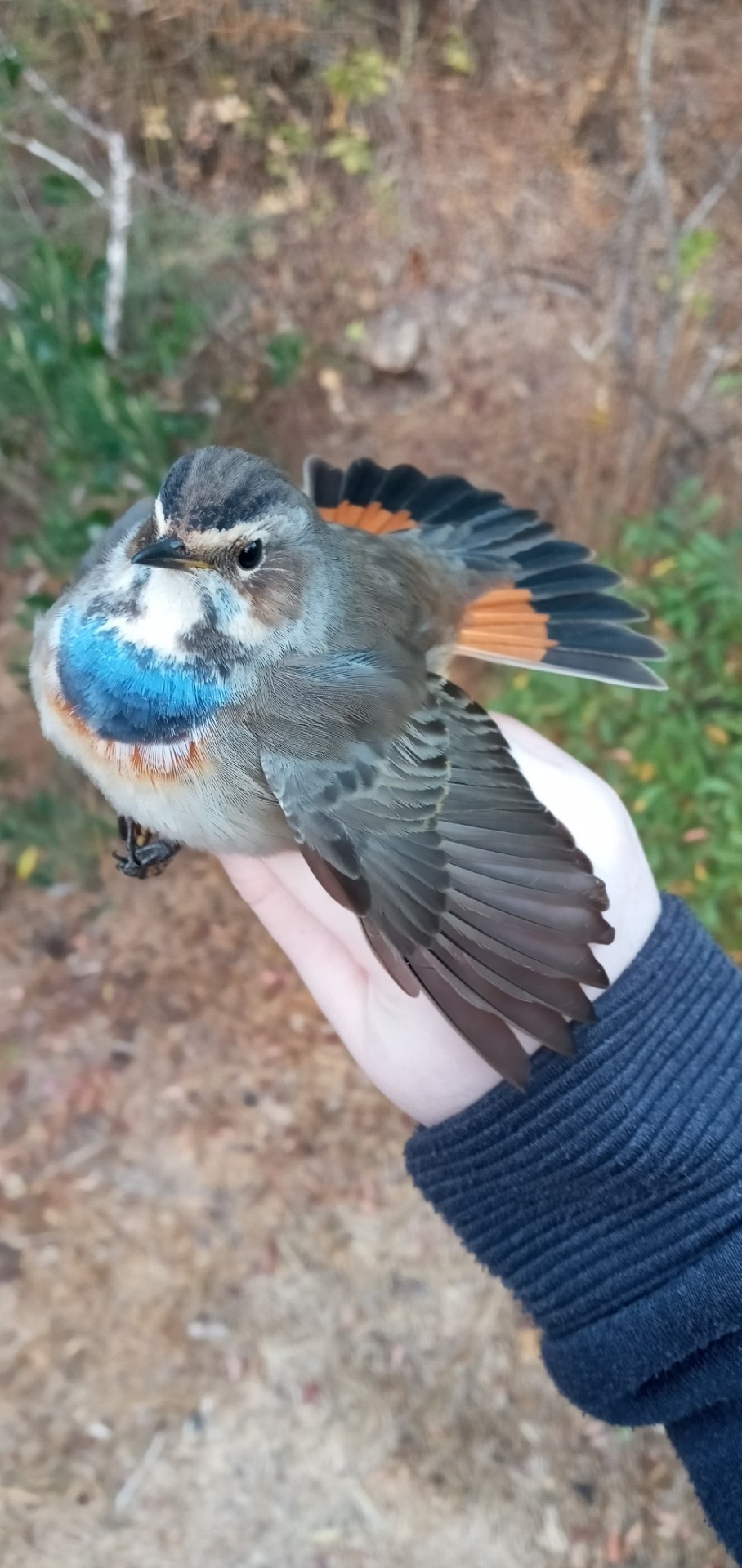
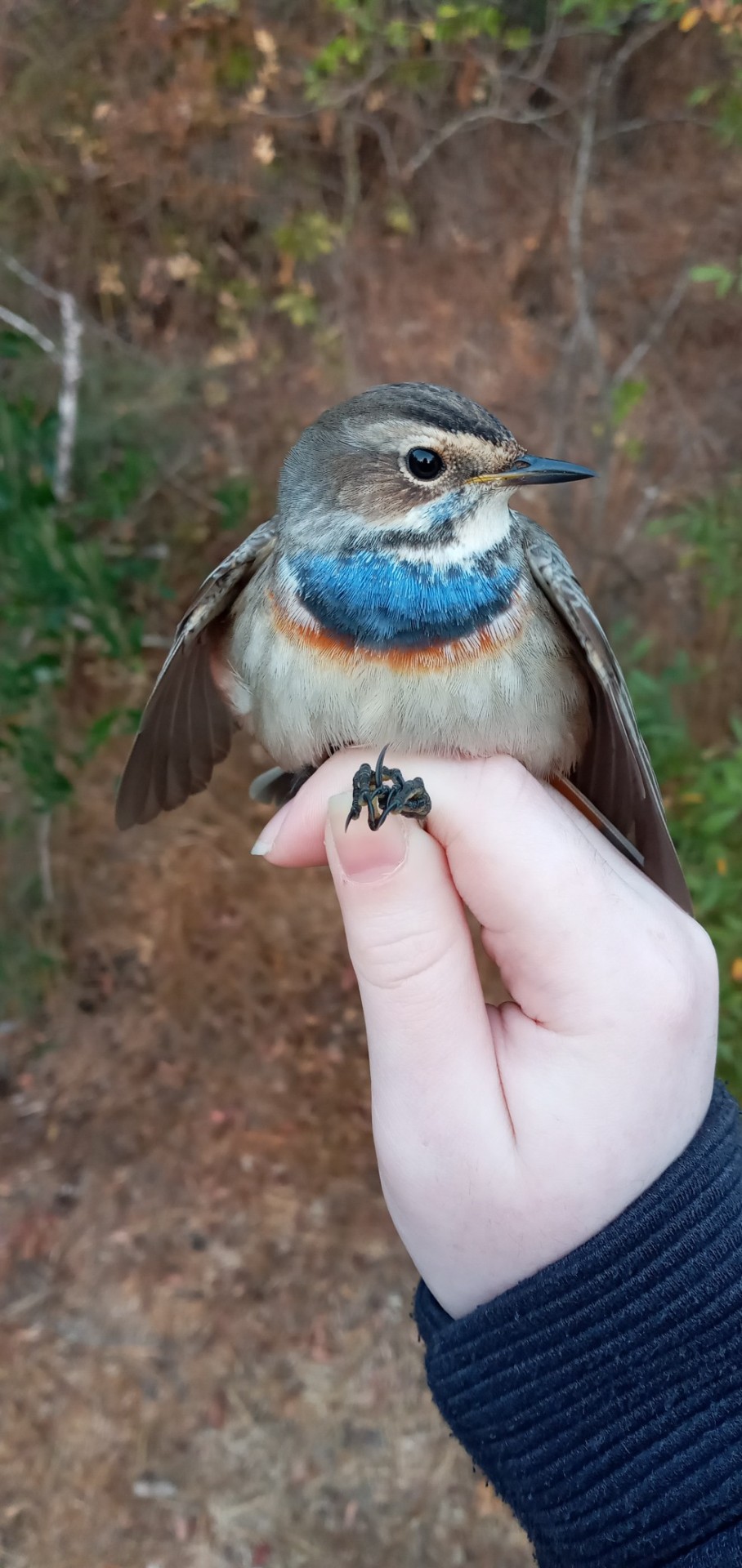
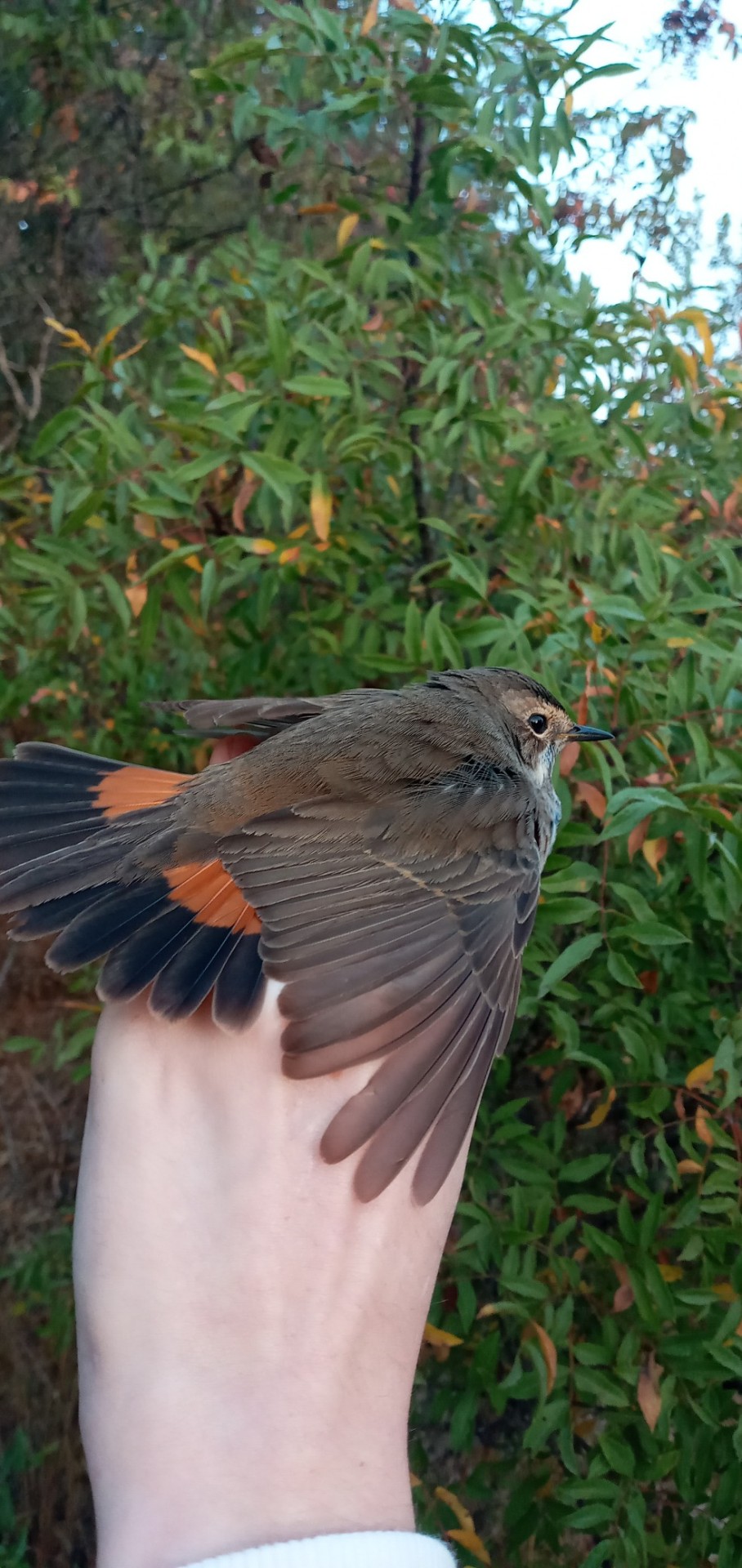




Bluethroat (Luscinia svecica), male, from a banding. Jerusalem Bird Observatory (JBO). 21.10.21

A Lunar Corona with Jupiter and Saturn : Why does a cloudy moon sometimes appear colorful? The effect, called a lunar corona, is created by the quantum mechanical diffraction of light around individual, similarly-sized water droplets in an intervening but mostly-transparent cloud. Since light of different colors has different wavelengths, each color diffracts differently. Lunar Coronae are one of the few quantum mechanical color effects that can be easily seen with the unaided eye. Solar coronae are also sometimes evident. The featured composite image was captured a few days before the close Great Conjunction between Saturn and Jupiter last month. In the foreground, the Italian village of Pieve di Cadore is visible in front of the Sfornioi Mountains. via NASA
what is it about clair de lune that goes so hard he really put his whole debussy in making that huh



A neighbour.
oh yeah have i ever told yall of the academic war i have been an unwilling soilder in for the past two years
Rosemary? You mean spicy pine needles?

Recycling Cassiopeia A : Massive stars in our Milky Way Galaxy live spectacular lives. Collapsing from vast cosmic clouds, their nuclear furnaces ignite and create heavy elements in their cores. After a few million years, the enriched material is blasted back into interstellar space where star formation can begin anew. The expanding debris cloud known as Cassiopeia A is an example of this final phase of the stellar life cycle. Light from the explosion which created this supernova remnant would have been first seen in planet Earth’s sky about 350 years ago, although it took that light about 11,000 years to reach us. This false-color image, composed of X-ray and optical image data from the Chandra X-ray Observatory and Hubble Space Telescope, shows the still hot filaments and knots in the remnant. It spans about 30 light-years at the estimated distance of Cassiopeia A. High-energy X-ray emission from specific elements has been color coded, silicon in red, sulfur in yellow, calcium in green and iron in purple, to help astronomers explore the recycling of our galaxy’s star stuff. Still expanding, the outer blast wave is seen in blue hues. The bright speck near the center is a neutron star, the incredibly dense, collapsed remains of the massive stellar core. via NASA
Sharp-tailed Grouse
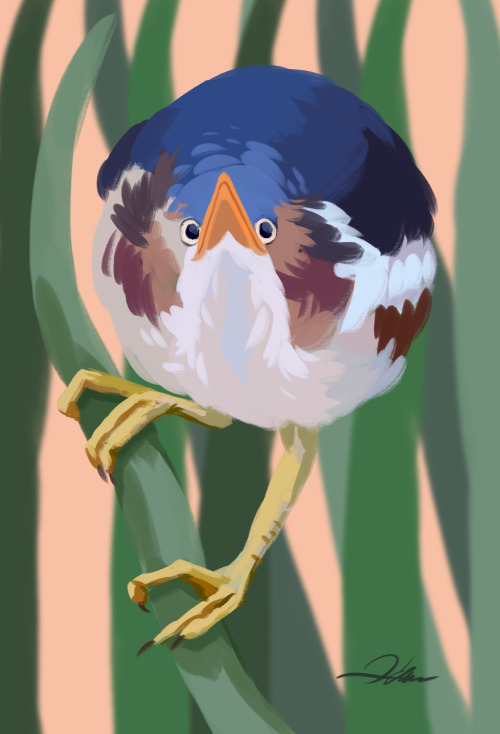
Least Bittern for Fat Bird Friday!
» Etsy • Various Links «
(Ref under the cut)
Keep reading
Here’s people throwing snowballs at police (Moscow Russia, January 23, 2021)
That smile at the end? Priceless...







Inktober 2021 by Gregory Fromenteau

The Magnetic Field of the Whirlpool Galaxy : Do magnetic fields always flow along spiral arms? Our face-on view of the Whirlpool Galaxy (M51) allows a spectacularly clear view of the spiral wave pattern in a disk-shaped galaxy. When observed with a radio telescope, the magnetic field appears to trace the arms’ curvature. However, with NASA’s flying Stratospheric Observatory for Infrared Astronomy (SOFIA) observatory, the magnetic field at the outer edge of M51’s disk appears to weave across the arms instead. Magnetic fields are inferred by grains of dust aligning in one direction and acting like polaroid glasses on infrared light. In the featured image, the field orientations determined from this polarized light are algorithmically connected, creating streamlines. Possibly the gravitational tug of the companion galaxy, at the top of the frame, on the dusty gas of the reddish star-forming regions, visible in the Hubble Space Telescope image, enhances turbulence – stirring the dust and lines to produce the unexpected field pattern of the outer arms. via NASA

Canário-da-terra/Saffron Finch
Sicalis flaveola
————————–
Estou participando de um concurso fotográfico. As fotos mais curtidas ganham. É só clicar nos links e curtir minhas fotos: https://abre.ai/dtP2 e https://abre.ai/dtP1
———————
I’m participating at a photographic contest. The pictures with more likes will win. Click on links to like my pictures: https://abre.ai/dtP2 and https://abre.ai/dtP1

A Plutonian Landscape : This shadowy landscape of majestic mountains and icy plains stretches toward the horizon on a small, distant world. It was captured from a range of about 18,000 kilometers when New Horizons looked back toward Pluto, 15 minutes after the spacecraft’s closest approach on July 14. The dramatic, low-angle, near-twilight scene follows rugged mountains formally known as Norgay Montes from foreground left, and Hillary Montes along the horizon, giving way to smooth Sputnik Planum at right. Layers of Pluto’s tenuous atmosphere are also revealed in the backlit view. With a strangely familiar appearance, the frigid terrain likely includes ices of nitrogen and carbon monoxide with water-ice mountains rising up to 3,500 meters (11,000 feet). That’s comparable in height to the majestic mountains of planet Earth. The Plutonian landscape is 380 kilometers (230 miles) across. via NASA

Always there for us. Our dear friend. Our beloved Rotkehlchen. ❤️

Rotkehlchen (European robin) auf der Karlshöhe, Stuttgart-Süd.
